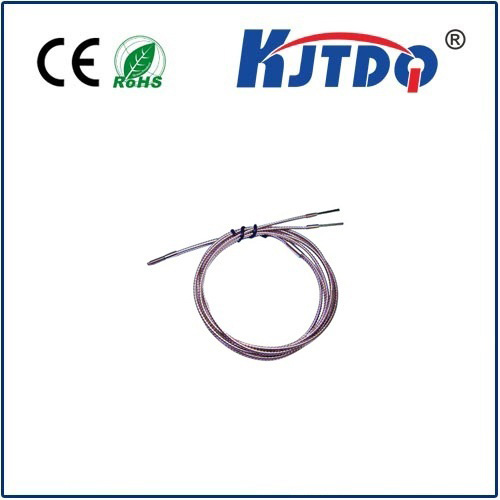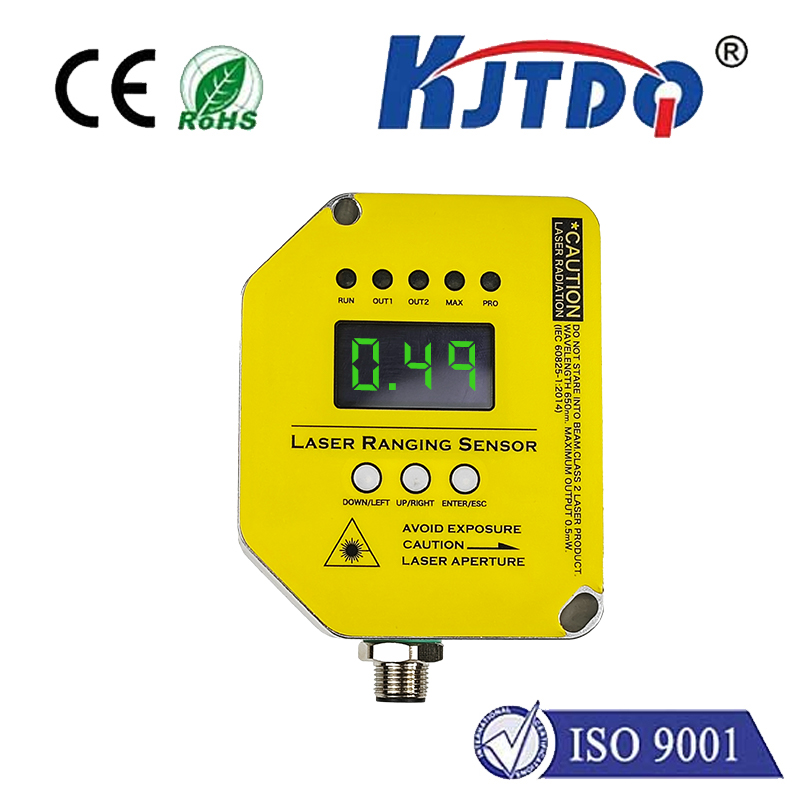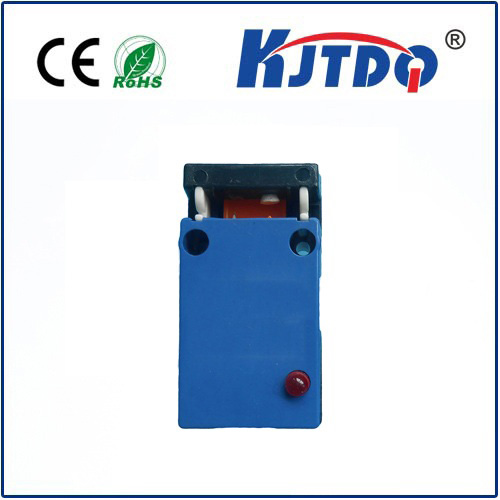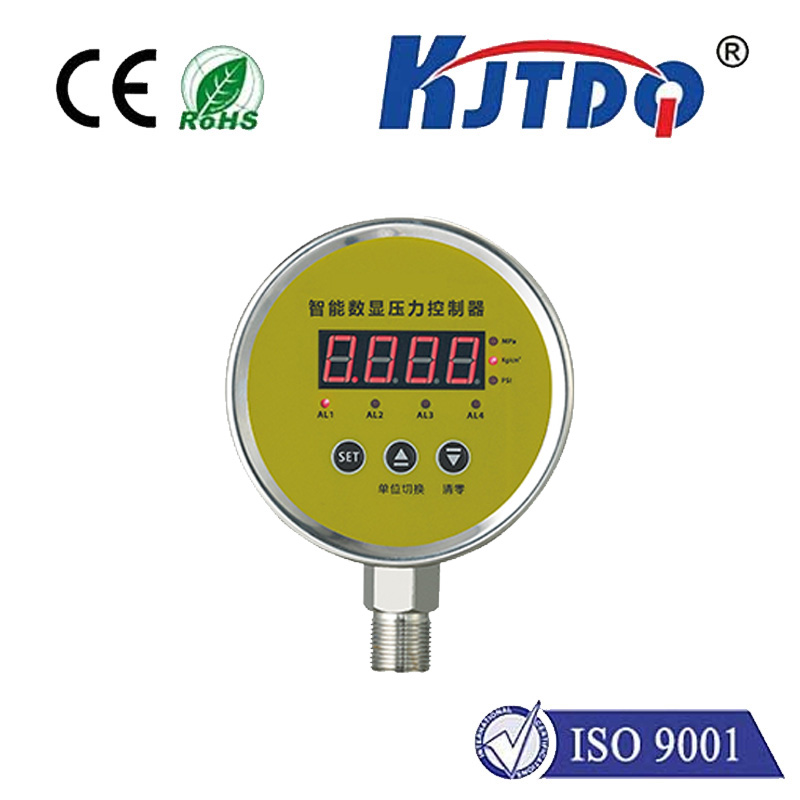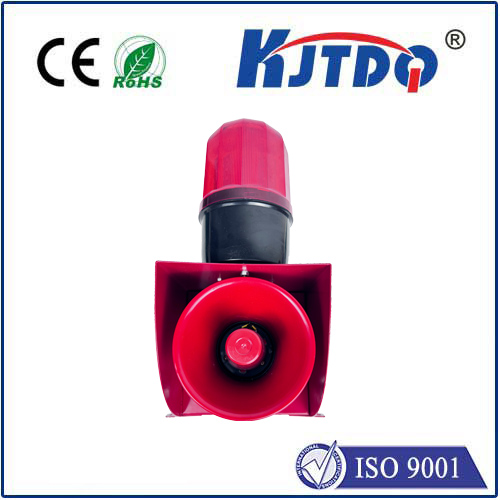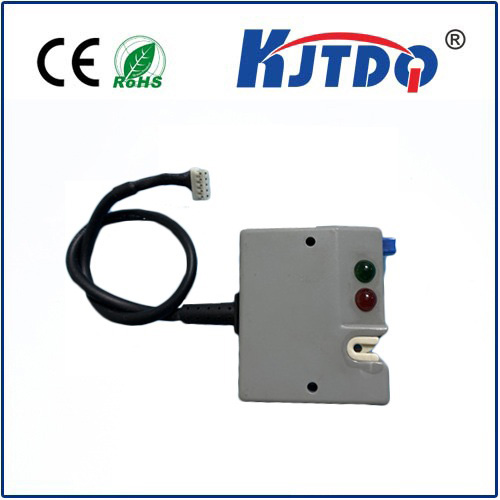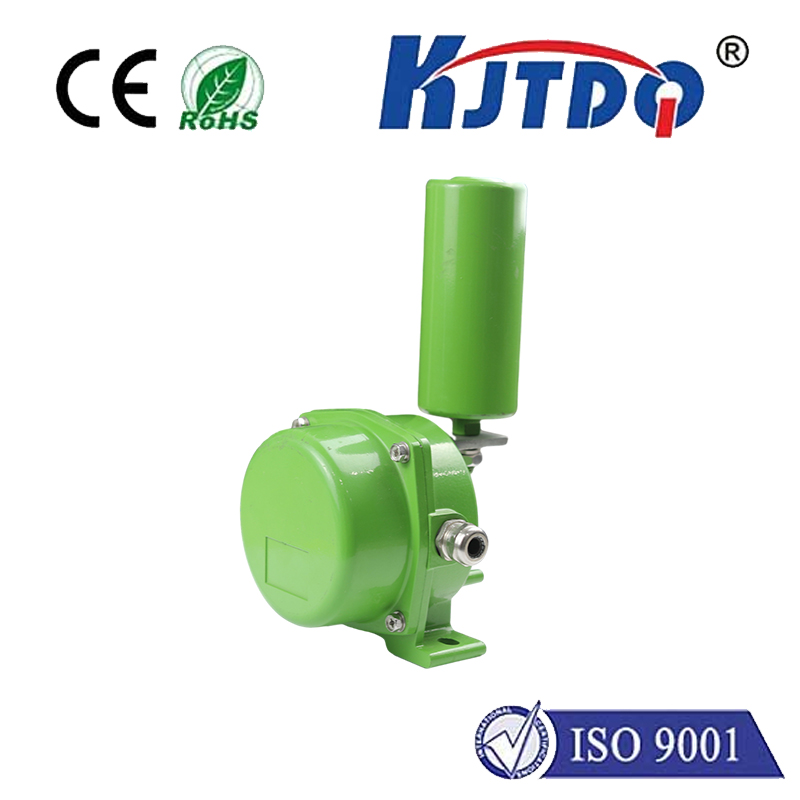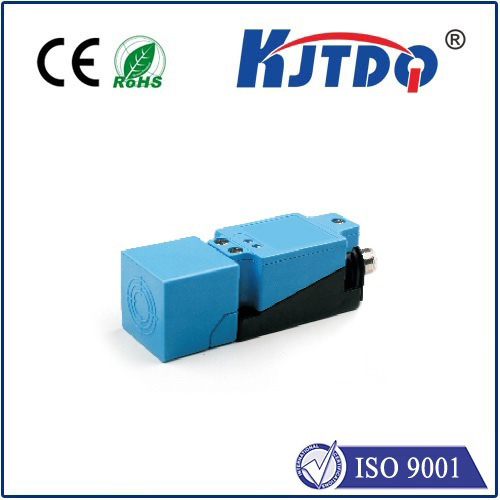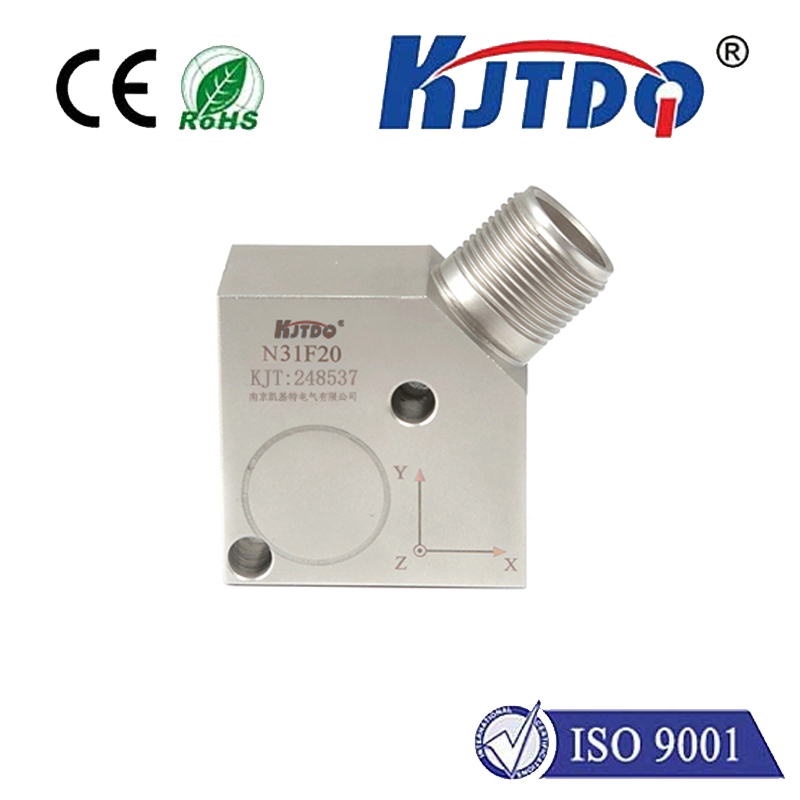
check

check

check

check
I. Introduction to DPT Sensors
DPT sensors are a game-changer in industrial monitoring, offering unprecedented levels of precision and accuracy. In this article, we delve into the world of DPTS, exploring their unique features, applications, and the impact they have on industries worldwide. From manufacturing and logistics to energy and water management, DPT sensors are transforming the way we monitor and manage various processes.
II. The Evolution of DPT Sensors
The concept of DPT sensors dates back to the 1960s when scientists first introduced the concept of digital potentiometers. Over the years, these sensors have undergone significant improvements, making them more versatile, accurate, and cost-effective. Today, DPT sensors are used in a wide range of applications, from temperature monitoring to pressure detection and vibration analysis.
III. Features of DPT Sensors
DPT sensors offer several key features that set them apart from other types of sensors. Some of these features include:
1. High Accuracy: DPT sensors can measure temperature or pressure with exceptional precision, typically ranging from +/- 0.1% R-0.1%. This level of accuracy makes them ideal for critical applications where even a slight deviation could result in catastrophic consequences.
2. Easy to Install and Use: DPT sensors are designed to be easy to install and use, with minimal maintenance requirements. They come with built-in analog-to-digital converters (ADCs) that convert the analog signal into a digital one for easy reading and analysis.
3. Wide Range of Applications: DPT sensors are suitable for a wide range of applications, including industrial processes, environmental monitoring, and scientific research. They can detect temperature fluctuations, pressure changes, and other parameters essential for monitoring various processes.
IV. Applications of DPT Sensors in Industries
DPT sensors have numerous applications in various industries, including:
1. Manufacturing: DPT sensors are used in manufacturing processes to monitor temperature, humidity, and pressure control systems. They help manufacturers achieve improved efficiency, reduce downtime, and enhance product quality.
2. Energy and Water Management: DPT sensors are used in energy and water management systems to monitor temperature, pressure, and flow rate. They help companies optimize resource usage, reduce costs, and minimize environmental impact.
V. Benefits of Using DPT Sensors
Implementing DPT sensors in your industrial processes brings several benefits, including:
1. Improved Efficiency: DPT sensors help you monitor various parameters in real-time, enabling you to make timely adjustments that improve efficiency and reduce waste.
2. Enhanced Product Quality: By monitoring critical parameters such as temperature and pressure, DPT sensors ensure consistent product quality across different production runs.
3. Minimized Downtime: DPT sensors detect potential problems early on, allowing you to take corrective action before major equipment failures occur, minimizing downtime and reducing costs.
VI. Future Trends in DPT Sensors
As technology continues to evolve, DPT sensors are expected to become even more advanced and sophisticated, offering new features and capabilities for industrial monitoring applications. Some potential trends include the integration of AI and machine learning algorithms to improve data analysis and prediction capabilities
